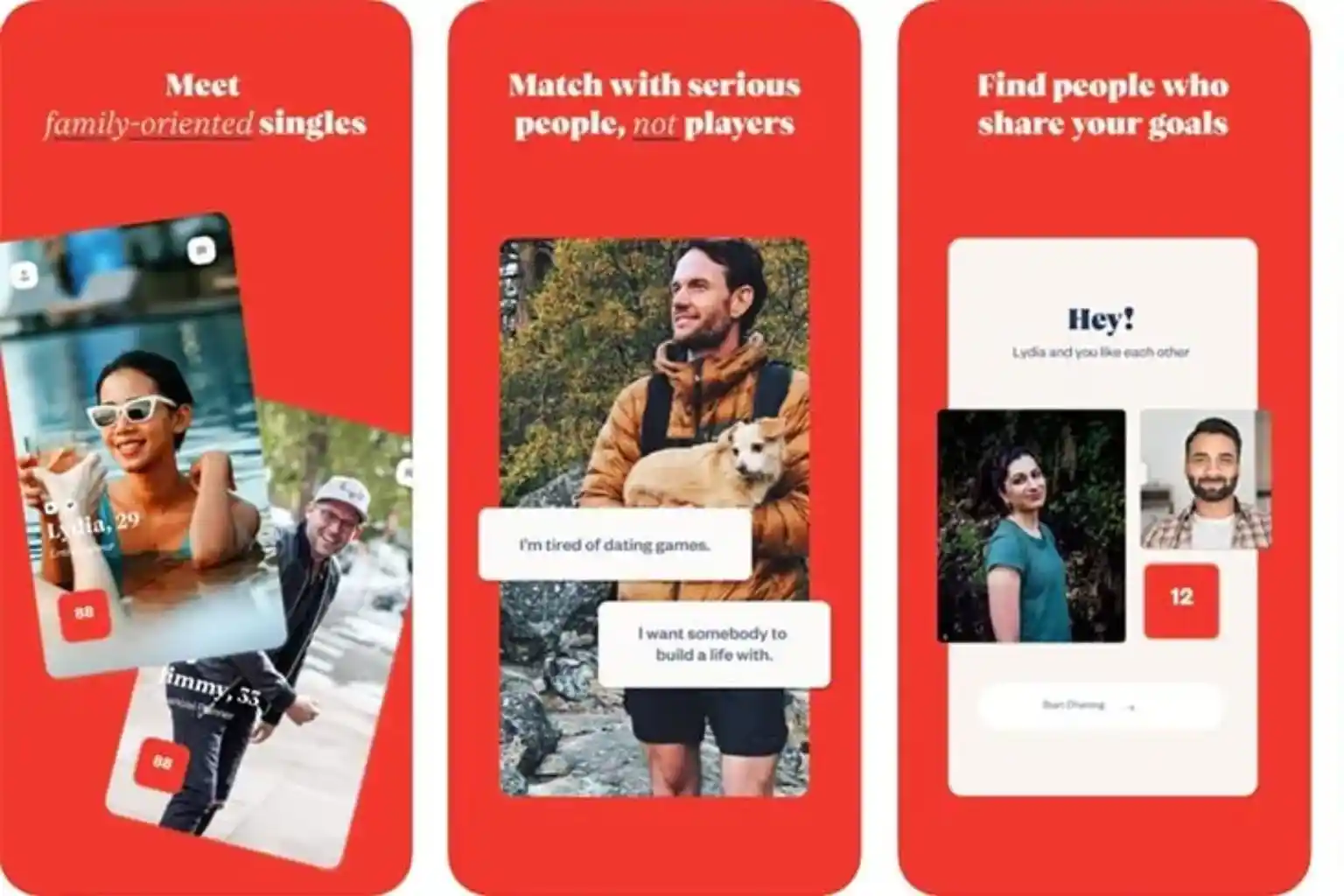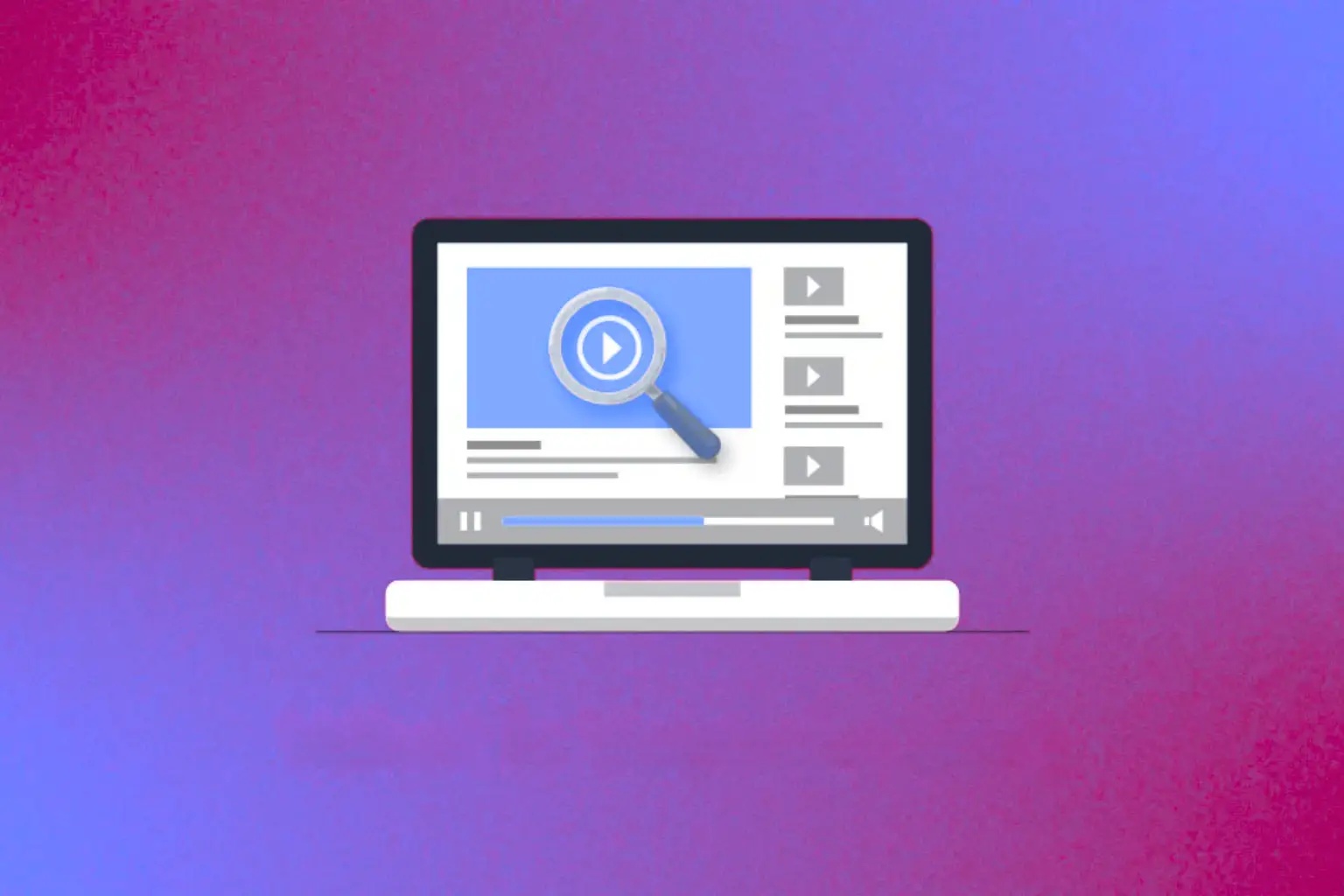
In today’s competitive e-commerce landscape, a well-crafted product description can make the difference between a sale and a missed opportunity. In this guide, Mahi Media Solutions explores key best practices that help businesses write compelling product descriptions that connect with customers and drive sales.

Know Your Target Audience
Understanding your audience is the first step in writing effective product descriptions. Researching customer demographics, interests, and shopping behaviors helps tailor the language and benefits of your products to match their expectations.
A B2B customer may need more technical details, while a lifestyle brand’s audience may respond better to emotional appeal. Avoid using generic descriptions that don’t speak directly to the end-user.
Use words and tone your audience understands and relates to. Personalization and relatability often increase customer trust and time spent on product pages.
Segmenting your customer base also helps tailor descriptions to different groups. For example, a tech-savvy user will appreciate specs, while a casual buyer needs simple benefits.
Survey tools, Google Analytics, and social media listening can all help uncover the language and concerns of your customer base.
Explore how Mahi Media Solutions helps brands create targeted content by visiting our Services page.
Highlight Key Benefits Over Features
Features tell, but benefits sell. Customers are less interested in what a product is and more concerned about how it will improve their life. Convert features into real-life advantages to capture attention.
Instead of listing “water-resistant material,” say “stays dry during unexpected rain.” This change speaks directly to a customer’s everyday need, making the product more appealing.
Use bullet points to outline benefits for easy scanning. Highlight what makes the product unique or superior compared to competitors.
Benefits-driven language creates an emotional connection and increases the perceived value of the product. It also reduces objections before the purchase.
Consider how customers use the product. If it saves time, adds comfort, or boosts confidence—mention that clearly and prominently.
Check out Neil Patel’s guide for more insights on feature-to-benefit writing strategies.
Use Sensory and Persuasive Language
Descriptive language helps customers imagine using your product. Use sensory words to paint a picture and create desire. Terms like “silky smooth,” “refreshing citrus scent,” or “ultra-durable” evoke emotions.
Power words like “exclusive,” “proven,” “guaranteed,” and “limited” build urgency and trust. These psychological triggers increase the likelihood of a sale.
Storytelling also boosts engagement. Tell a mini-story about how the product fits into a lifestyle or solved a problem for a customer.
Keep paragraphs short and snappy. Dense text turns users away. Formatting with bold or italic can also highlight key messages within long copy.
Use active voice and strong verbs. Passive language weakens your message and reduces action-taking by the customer.
For persuasive writing help, you can contact our content writing experts anytime.
Optimize for Search Engines (SEO)
Search engine optimization ensures your descriptions are discoverable. Use relevant keywords in titles, meta descriptions, headers, and body text without keyword stuffing.
Incorporate long-tail keywords that match buyer intent. Tools like Ubersuggest or Ahrefs can help find these specific terms.
Use HTML tags like <h1>, <h2>, and alt text for images to make your page crawler-friendly. These tactics improve ranking and accessibility.
Maintain natural language and readability. SEO shouldn’t compromise clarity. Balance optimization with human-friendly tone and flow.
Don’t forget schema markup. Adding structured data to your product pages enhances how search engines display your content.
Our team at Mahi Media can optimize your product listings—learn more on our Get a Quote page.
Address Customer Questions and Concerns
Product descriptions should anticipate and answer common questions. Include details about size, material, compatibility, usage, and care.
Highlight warranties, return policies, or customer support. These reassurances reduce buyer hesitation and increase trust.
Include comparison charts or callouts to differentiate your product. If your item outperforms others, mention it with proof or testimonials.
Link to additional resources like size guides, FAQs, or reviews. These offer helpful context and increase conversion by reducing friction.
Address potential objections in a positive tone. For example, instead of “may not work in cold,” say “ideal for warmer conditions.”
Learn how Mahi Media helps improve product page performance in our Service Section.
Keep It Scannable and Mobile-Friendly
Many shoppers browse on mobile devices, so descriptions must be easy to read on smaller screens. Use short paragraphs, bold headings, and bullet points.
Put the most important info at the top. Customers often skim, so prioritize what matters most—like unique benefits and call-to-action buttons.
Use responsive design principles to ensure your content adapts to different screen sizes. Font size, line spacing, and buttons should be optimized for touch devices.
Visual hierarchy matters. Use white space, icons, and contrast to guide the reader’s eye naturally through the content.
Interactive elements like tabs or accordion content help save space while organizing information effectively.
Want your mobile product descriptions to perform better? Let our developers help—visit our Web Services section.
Use Strong CTAs and Encourage Action
Every product description should include a clear and persuasive call-to-action (CTA). Phrases like “Buy Now,” “Order Today,” or “Add to Cart” work well.
Make CTAs prominent and repeat them throughout the description when appropriate. Use urgency-based CTAs to drive quicker decisions.
Reinforce the benefits again right before the CTA. For example: “Order now to enjoy unmatched comfort every day.”
Position CTAs strategically—after value points, at the end of the description, or as part of interactive buttons and banners.
Use A/B testing to experiment with different CTA placements, styles, and messages. Analyze what resonates best with your audience.
Explore CTA strategies and CRO techniques via this external CTA guide.





